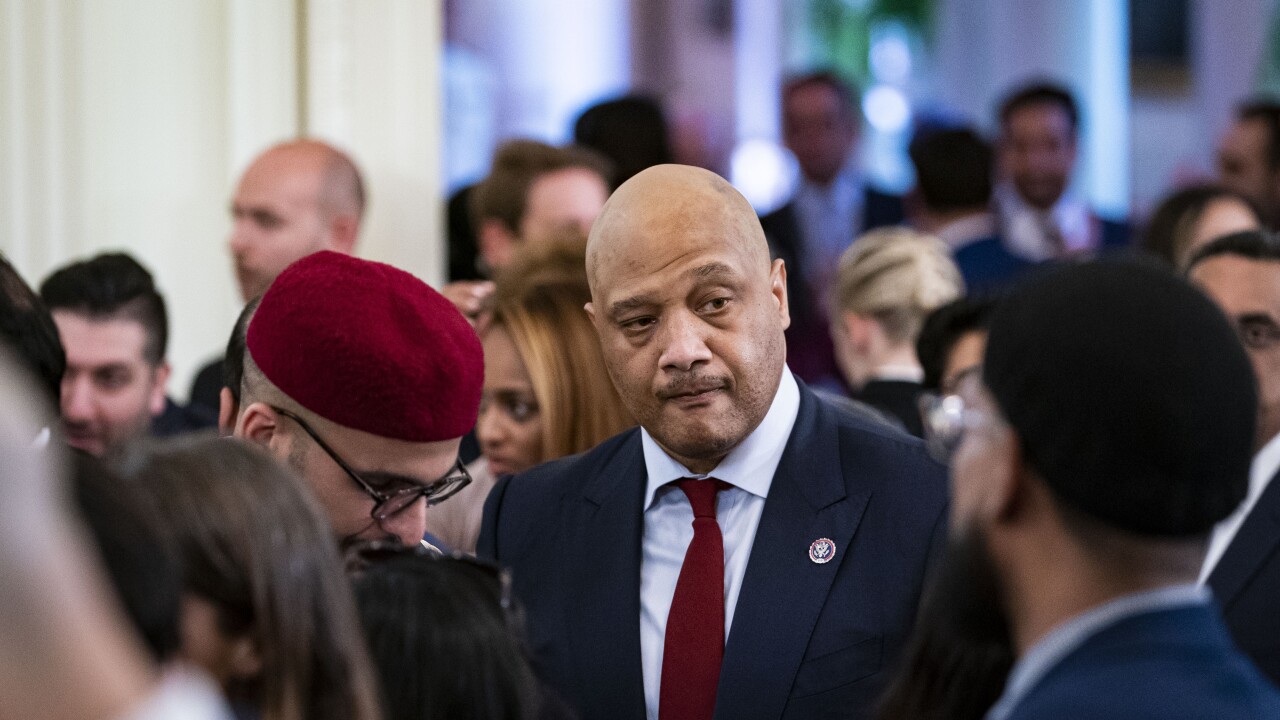WASHINGTON — House Transportation Committee leaders yesterday released a voluminous
The bank would be financed through the Treasury Department, although no decision has been made about how to raise revenue to fund it, committee staff said. However, it would be required to repay the Treasury using principal and interest collected from the borrowers, according to the 85-page blueprint.
The bank would be administered by a newly created Office of Intermodalism within the Department of Transportation and would be governed by a board of directors chaired by the transportation secretary.
Committee chairman James L. Oberstar, D-Minn., joined by ranking member John Mica, R-Fla., presented the general outline of the expected $450 billion, six-year bill during a press conference yesterday. All told, the Surface Transportation Authorization Act would provide about 25% more federal funding for projects during the next six years than would be provided at current spending levels.
The blueprint of the legislation calls the proposed bank “a larger version of the existing Transportation Infrastructure Finance and Innovation Act program, with additional authorities.” TIFIA provides low-interest lines of credit to public and private investors for use in transportation projects that often involve tolling. Federal financing from TIFIA has been used in conjunction with private-activity bonds. Like the TIFIA program, the bank would be able to provide secured loans, loan guarantees, and standby lines of credit to borrowers, which could include muni issuers, as well as private project sponsors.
The bank also would provide assistance to metropolitan planning organizations, high-speed rail projects, and certain “projects of national significance,” all of which would be newly created categories of funding under the legislation.
Oberstar said Wednesday that the MPO program would provide metropolitan areas with $1 billion over six years and allow them to issue tax-exempt, tax-credit, private-activity, and grant anticipation revenue vehicle, or Garvee, bonds. It also would designate MPOs as areas of 100,000 people, up from the current requirement of 50,000, but would grandfather in existing MPOs.
In addition, metro areas would have more control over certain federal transportation funds, compared with the current process of states sub-allocating those funds to localities.
The bill will have strong bipartisan support, committee leaders said yesterday. However, they scornfully argued against the Obama administration’s recent proposal to extend by 18 months current federal transportation funding levels, warning it would delay state programs.
“The Obama administration has apparently lifted a page out of the Bush administration playbook,” said highways and transit subcommittee chairman Peter DeFazio, D-Ore. “The administration of change has come here and said the status quo is fine.”
DeFazio said the proposal would force states to pull back transportation programs due to uncertainty about the viability of the highway trust fund on a month-to-month basis and would “cost millions of jobs” starting with the construction season next spring.





